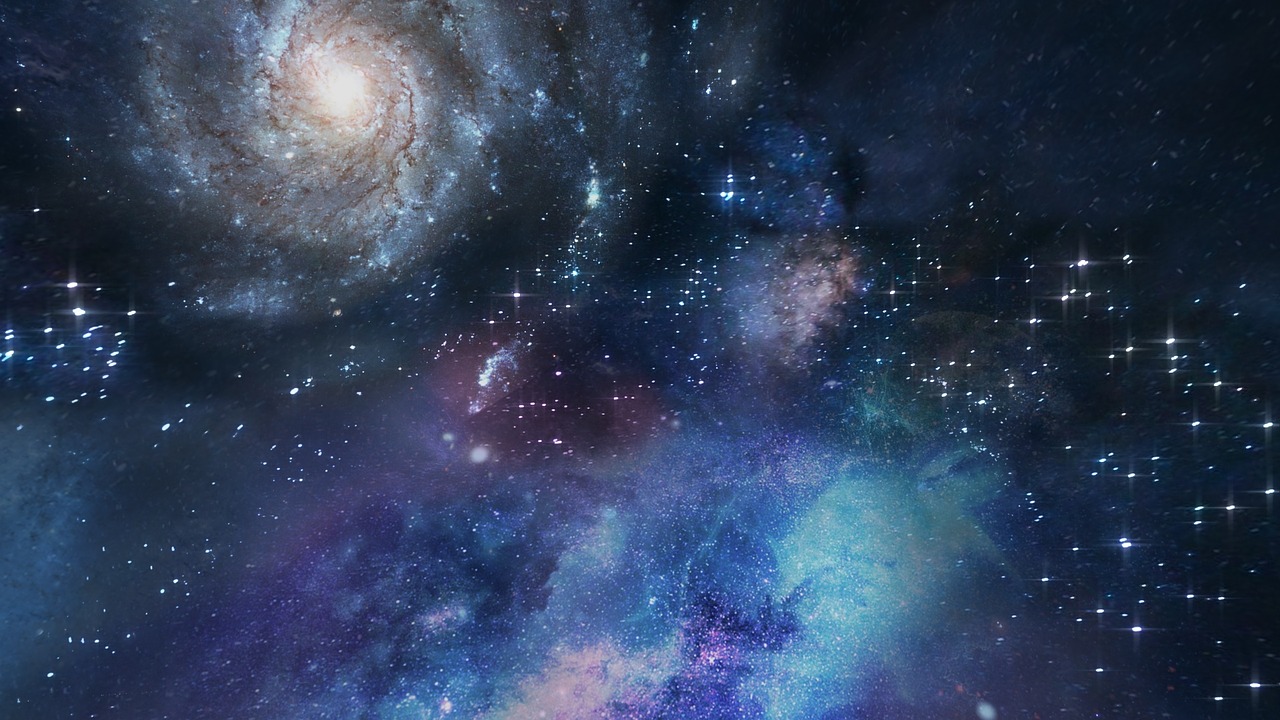One of the most popular constellations in the sky is the Orion constellation. However, some astronomers have noticed that this particular constellation has been looking a little different, and it is all because of one star.
Science Alert reports that the red giant Alpha Orionis star, also known as the Betelgeuse star, is looking especially faint. It looks the faintest it has ever been in what seems like a century. This change in appearance has scientists buzzing about what could happen next for this particular star, the popular theory would be that the Betelgeuse star may be continuously dying out, and as a result of dying out, may be approaching supernova or shrink into a white dwarf, the hot core remaining while the rest becomes a planetary nebula.
According to astronomers from Villanova University and the paper they published a few weeks ago, the star was one magnitude less, a little over the usual magnitude of the star which ranges between +0.5 to +1.5. The American Association of Variable Star Observers or AAVSO have also confirmed this claim. While the fading by a magnitude when it comes to a star like Betelgeuse is not unusual, but a magnitude such as this one would definitely have people wondering what is next for this star. It is also worth adding that Betelgeuse is one of the closest stars in the galaxy for a supernova.
It is possible that once Betelgeuse has used up all its hydrogen fuel in a span of under 10 million years, its core will implode resulting in a collapse and rebound. This is also referred to as a Type II Supernova.
Previously, another phenomenon in space was spotted by scientists. The Milky Way was seen consuming interstellar matter more than usual, according to researchers. According to UCLA Professor Andrea Ghez, who also serves as co-author of a study conducted, it is the first time they have seen a black hole this hungry in 24 years. “It is usually a pretty quiet, wimpy black hole on a diet. We don’t know what’s driving this big feast,” says Ghez.
Black holes usually feed on cosmic dust and gas, occasionally coming from Mars. All the space matter emits an endless amount of energy which results in the black hole’s ring of light. It was in May that the researchers saw that the black hole was shining brighter than usual. This had Ghez and their team wondering if this is only a standalone occurrence or the start of something much bigger.



 NASA Cuts Boeing Starliner Missions as SpaceX Pulls Ahead
NASA Cuts Boeing Starliner Missions as SpaceX Pulls Ahead  Blue Origin’s New Glenn Achieves Breakthrough Success With First NASA Mission
Blue Origin’s New Glenn Achieves Breakthrough Success With First NASA Mission  Is space worth the cost? Accounting experts say its value can’t be found in spreadsheets
Is space worth the cost? Accounting experts say its value can’t be found in spreadsheets  Neuralink Expands Brain Implant Trials with 12 Global Patients
Neuralink Expands Brain Implant Trials with 12 Global Patients  Eli Lilly’s Inluriyo Gains FDA Approval for Advanced Breast Cancer Treatment
Eli Lilly’s Inluriyo Gains FDA Approval for Advanced Breast Cancer Treatment  Trump Signs Executive Order to Boost AI Research in Childhood Cancer
Trump Signs Executive Order to Boost AI Research in Childhood Cancer  NASA Astronauts Wilmore and Williams Recover After Boeing Starliner Delay
NASA Astronauts Wilmore and Williams Recover After Boeing Starliner Delay  SpaceX Starship Explodes in Texas During Test, Citing Nitrogen Tank Failure
SpaceX Starship Explodes in Texas During Test, Citing Nitrogen Tank Failure  Tabletop particle accelerator could transform medicine and materials science
Tabletop particle accelerator could transform medicine and materials science  CDC Vaccine Review Sparks Controversy Over Thimerosal Study Citation
CDC Vaccine Review Sparks Controversy Over Thimerosal Study Citation  FDA Adds Fatal Risk Warning to J&J and Legend Biotech’s Carvykti Cancer Therapy
FDA Adds Fatal Risk Warning to J&J and Legend Biotech’s Carvykti Cancer Therapy  Lost in space: MethaneSat failed just as NZ was to take over mission control – here’s what we need to know now
Lost in space: MethaneSat failed just as NZ was to take over mission control – here’s what we need to know now  Neuren Pharmaceuticals Surges on U.S. Patent Win for Rare Disorder Drug
Neuren Pharmaceuticals Surges on U.S. Patent Win for Rare Disorder Drug 































